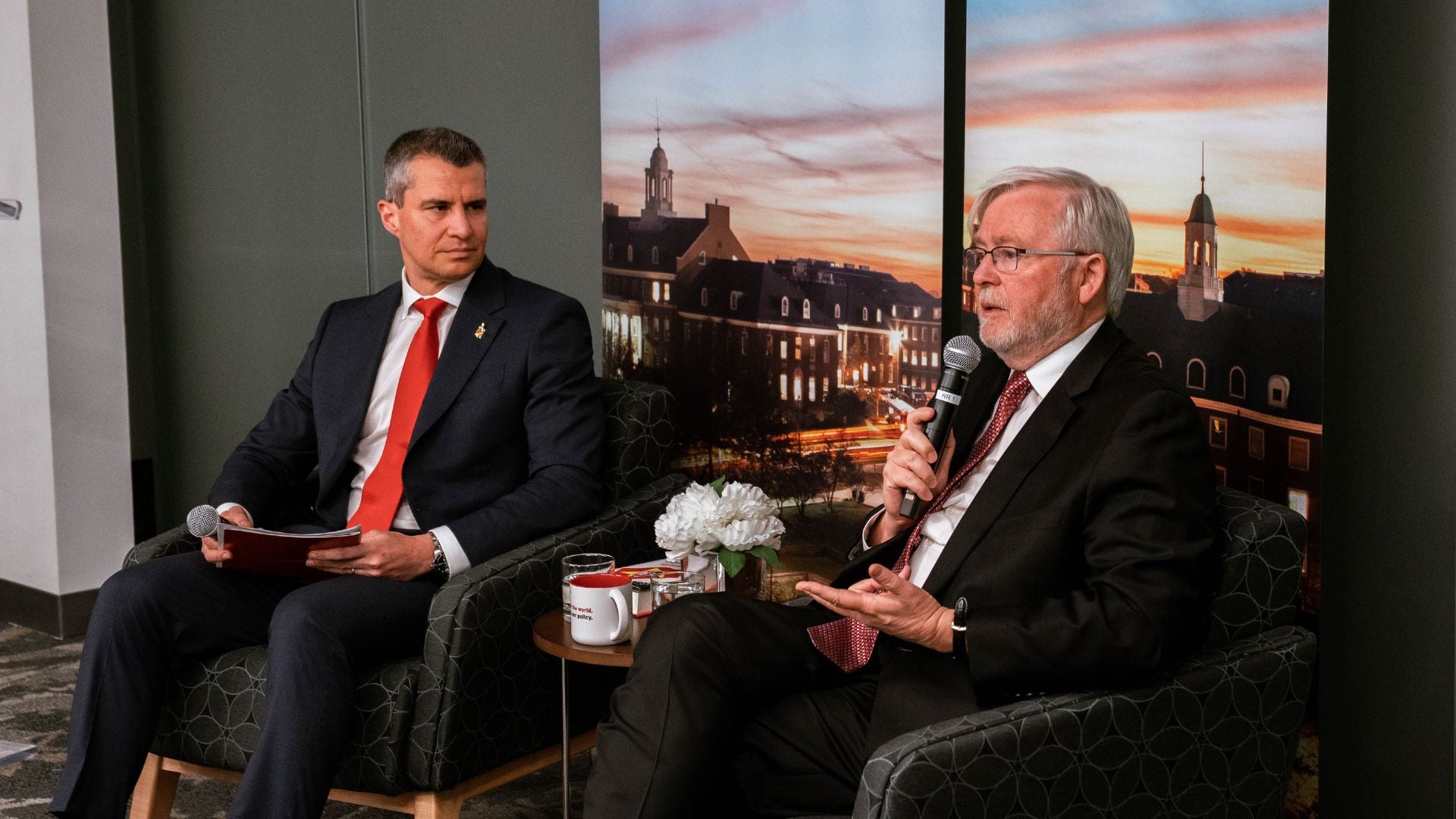
As the Russian advance in Ukraine continues, the trajectory of the war remains far from certain, but stiff Ukrainian resistance portends a protracted fight. The Center for International and Security Studies at Maryland (CISSM) has asked Alec Worsnop, an assistant professor in the University of Maryland’s School of Public Policy and research fellow at CISSM, to discuss what he has learned thus far from the conflict and what he believes are the prospects for and features of a sustained insurgency in Ukraine. This discussion complements Worsnop’s recently published policy brief entitled “What the First Week of Fighting in Ukraine Tells Us About a Potential Insurgency.”
Additionally, Worsnop will be participating along with CISSM Director, Nancy Gallagher, in an interdisciplinary dialogue on the Ukrainian crisis, Wednesday March 16th from 4:30 pm – 5:30 pm via Zoom.
1.) Do you think a sustained insurgency is likely to develop in Ukraine? What are the challenges?
Before the start of the conflict, many were skeptical. Russia, at least on paper, has a much larger and better equipped military and Ukraine is not an ideal country to launch a guerrilla campaign. Particularly in the east of the country, there is not very much "rough terrain." Such terrain, such as mountains or forests, is a strong predictor of successful insurgent warfare as it allows fighters to hide and re-group.
Similarly, insurgency is all about information and centers around questions such as "Who is a fighter, who is a supporter, and where are supplies being stored?" When non-combatants don't share this information with counterinsurgents, it makes it easier for guerrillas to "hide" in plain sight. This lack of information often forces counterinsurgents to use more indiscriminate tactics that can further alienate civilians. In eastern and southern Ukraine, there are many Russian-speaking communities which may make this information-gathering easier than it was for the US in Iraq and Afghanistan.
Despite all of these factors, counterinsurgency is still hard. It requires a large troop presence to “pacify” local populations. Currently Russia has a ratio of about 5 Russian soldiers for each 1,000 Ukrainians -- many successful counterinsurgent campaigns have closer to 20 soldiers per 1,000 inhabitants. And, the past week has made it clear, Russia is having challenges deploying, supplying, and controlling large numbers of troops.
2.) What else have you learned thus far from the Russian invasion of Ukraine? How does that change those prospects?
The fighting so far has highlighted a set of factors that could notably weaken Russian counterinsurgent efforts and ameliorate some of the inherent challenges to guerrilla warfare.
First, it seems plausible that Russia may not conquer the whole country, with a de facto split occurring between east and west. This would give Ukrainian fighters territorial sanctuary within their own country. Western Ukraine has far more rough terrain, which would make it easier for insurgents to hide from Russian artillery and air attacks. This would make it easier to coordinate with, and recruit from, local communities and networks, maintain diplomatic standing abroad and legitimacy at home in eastern Ukraine, launch cross-border drone or IED attacks, and more directly support covert resistance in Russian strongholds in the east of the country. Second, cohesion is often a central factor in whether insurgents can withstand the long arc of guerrilla warfare. Ukrainian troops and citizens have taken up arms, supported deployed fighters, shown strong social support for the standing government, and have united around a Ukrainian identity. By contrast, Russian forces have not been cohesive. Not only does a lack of cohesion often promote the indiscriminate use of force and unwillingness to deploy to risky insurgent strongholds, but it increases the chance that deployed fighters will predate local populations. There is already evidence that Russian troops are behaving in such a manner.
Finally, Western nations have made clear that they will continue to provide notable military support to Ukraine despite the risks of Russian reprisals. This will allow Ukraine to retain consistent access to arms and supplies, in particular anti-tank and aircraft weapons. With an independent western Ukraine, bordering NATO members such as Poland, Hungary, and Romania could provide important strategic depth and allow insurgents to receive external training in a protected location. Moreover, some Western nations have offered specialized training and, reportedly, there has already been an influx of foreign fighters. This could help to ameliorate some of the guerrilla warfare skills deficits noted above and provide Ukrainian insurgents with important tactical and strategic know-how.
3.) What would be the features of a guerrilla campaign in Ukraine?
The beginning of the conflict provides some evidence that a Ukrainian resistance might be sustained, dragging Russia into an extended quagmire. But, guerrilla campaigns are long, violent, and costly – and are often not successful in the end. Not only would there be significant loss of life, but such a conflict would likely come with major economic, social, and other human costs.
Moreover, we still have much to learn about the disposition of forces in the country. Russia has a large and relatively well-supplied military – it will have access to reinforcements, ammunition, artillery, and overwhelming close air support. It has also shown itself to be a violent and brutal counterinsurgent in places like Chechnya and Syria. Its indiscriminate use of force in the past few days shows that its behavior in Ukraine will probably be no different. And, it will probably get worse as more air power and artillery is employed.
More broadly, the images and videos coming out of Ukraine demonstrate the horror of war. While these visuals are provoking much consternation (and should), civil wars in Africa, Asia, South and Central America, and the Middle East are similarly horrific. As we have seen the past days, the severe costs of war anywhere should not be underestimated or swept aside.



